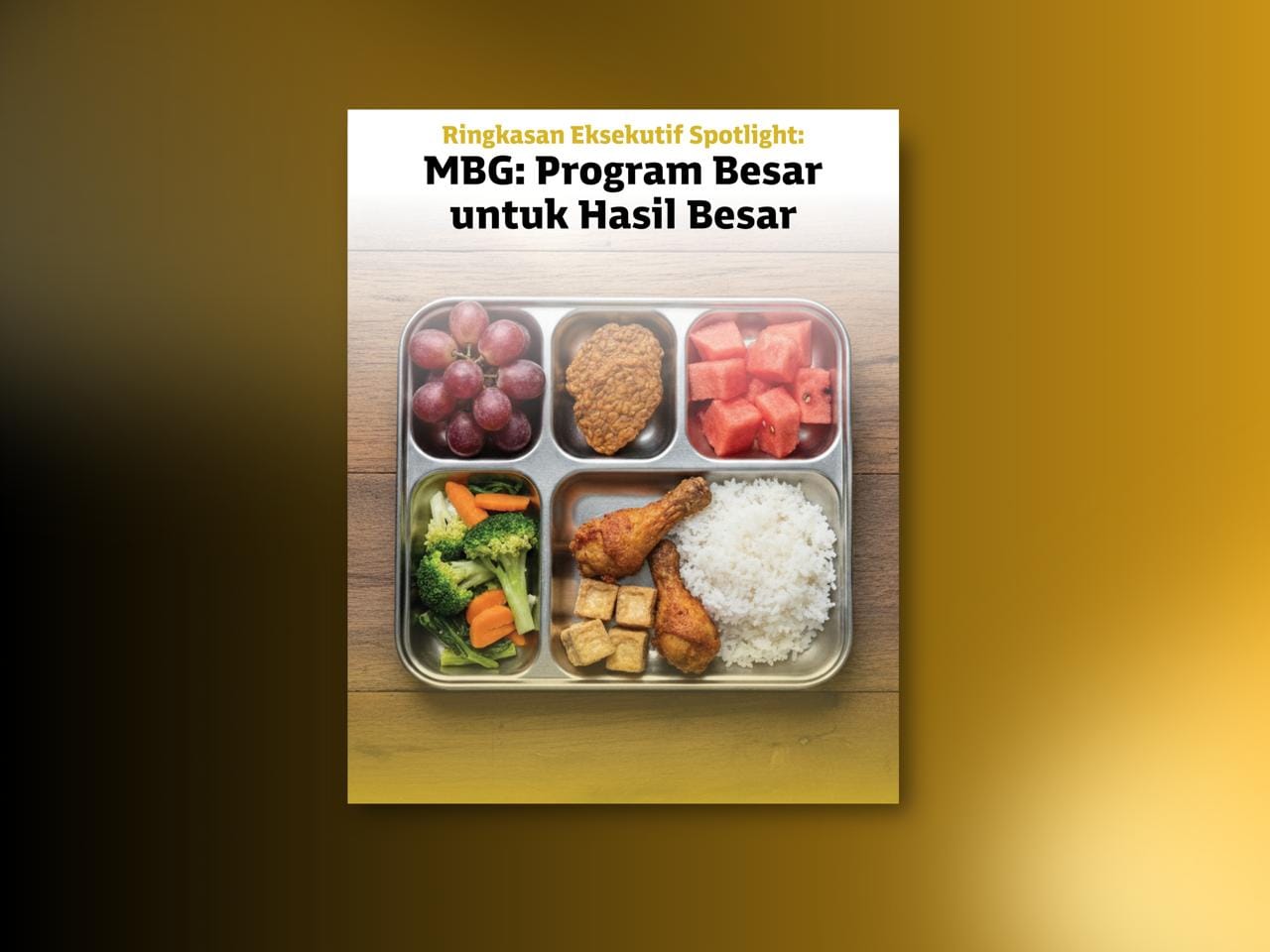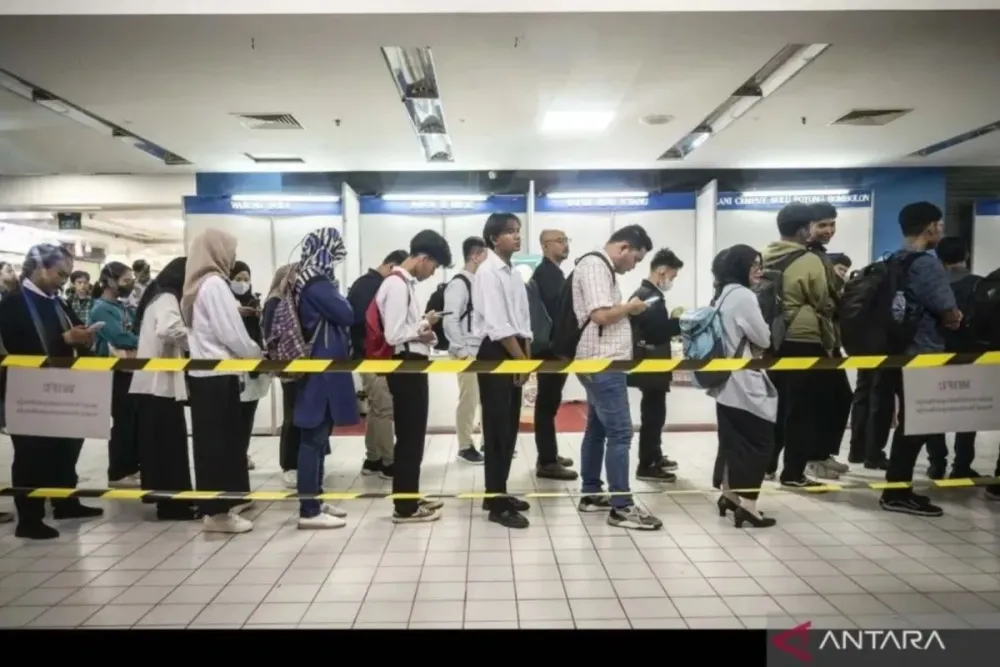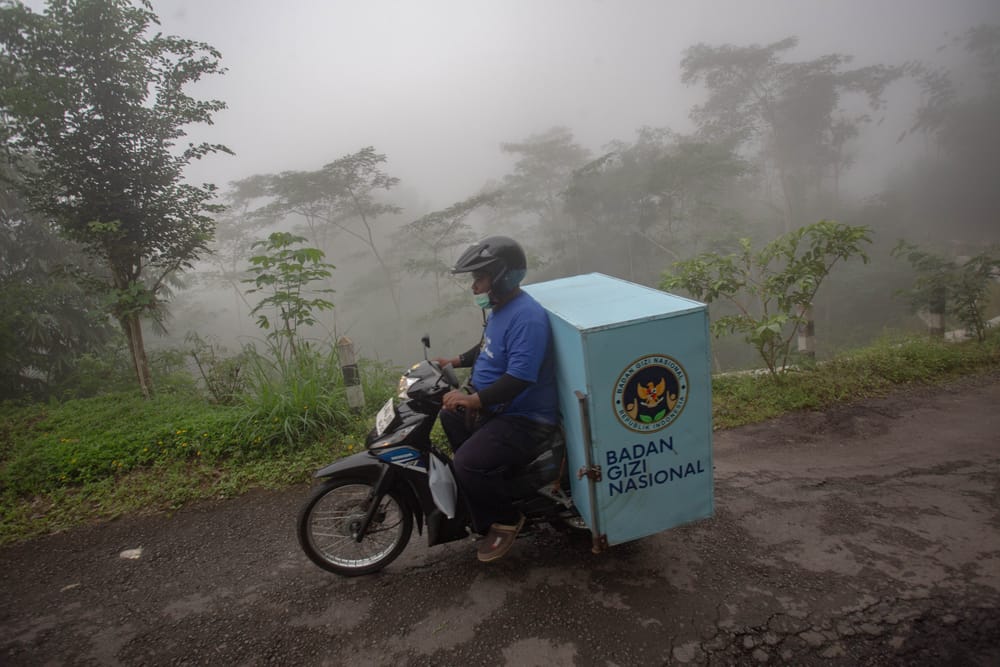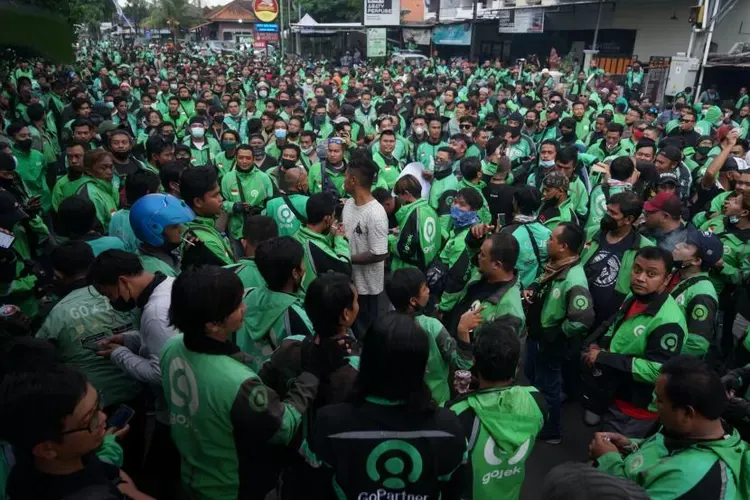The Free Nutritious Meals program continues to be encouraged to expand its coverage. The aim is to alleviate people from malnutrition and encourage economic growth.
As of the second week of September 2025, there are 7,477 public kitchens or Nutritional Fulfillment Service Units (SPPG) officially operating in 38 provinces, 509 regencies, and 7,022 sub-districts.
This program involves broad support from the TNI (Indonesian National Armed Forces), Polri (Indonesian National Police), State Intelligence Agency (BIN), Nahdlatul Ulama, Muhammadiyah, Indonesian Chamber of Commerce and Industry (Kadin), Indonesian Association of Catering Entrepreneurs (APJI), to business actors in various regions.
- The National Nutrition Agency (BGN), as the program implementer, is accelerating the SPPG activation target in various regions, thus expanding the number of service recipients.
- This November, this acceleration is also expected to boost the number of SPPGs to 25,000 units in agglomeration areas and 6,000 SPPGs in remote areas.
- According to BGN's calculations, the operation of one SPPG in a month is estimated to absorb up to Rp1 billion.
- The construction of one SPPG unit by a partner/private sector requires operational costs of Rp1.5 billion to Rp2 billion, thus stimulating the circulation of funds in the community.
Read the full story here.

In the second article, read the SUAR interview with the Head of the National Nutrition Agency, Dadan Hindayana, regarding the latest developments in the Free Nutritious Meals program, click here.

The establishment of SPPGs is also expected to stimulate positive economic movement in their environment.
- Encouraging business sector activity. Many restaurants, cafes, and hotels are converting their kitchens into SPPG production kitchens.
- Each SPPG unit employs approximately 50 people, consisting of 1 SPPG head, 1 accountant, 1 nutritionist, and 47 volunteers.
- If the target of 32,000 SPPGs is met, there will be at least 1.5 million jobs.
- Bappenas calculates that the MBG program has the potential to contribute up to 0.86 percent to national economic growth, provided that a budget of Rp 71 trillion is fully absorbed and well targeted.
Read the full story here.
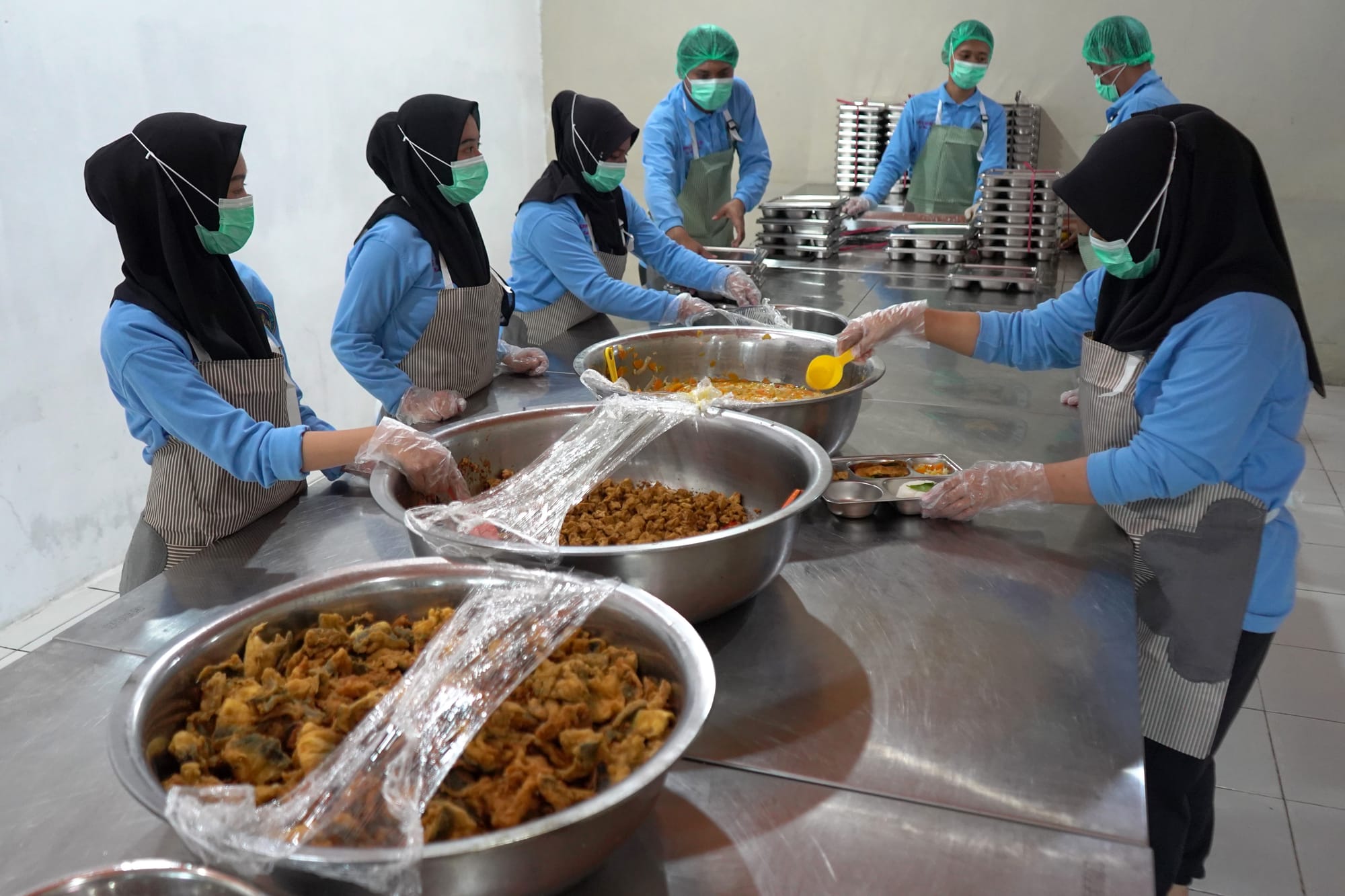
Read the full report here:

